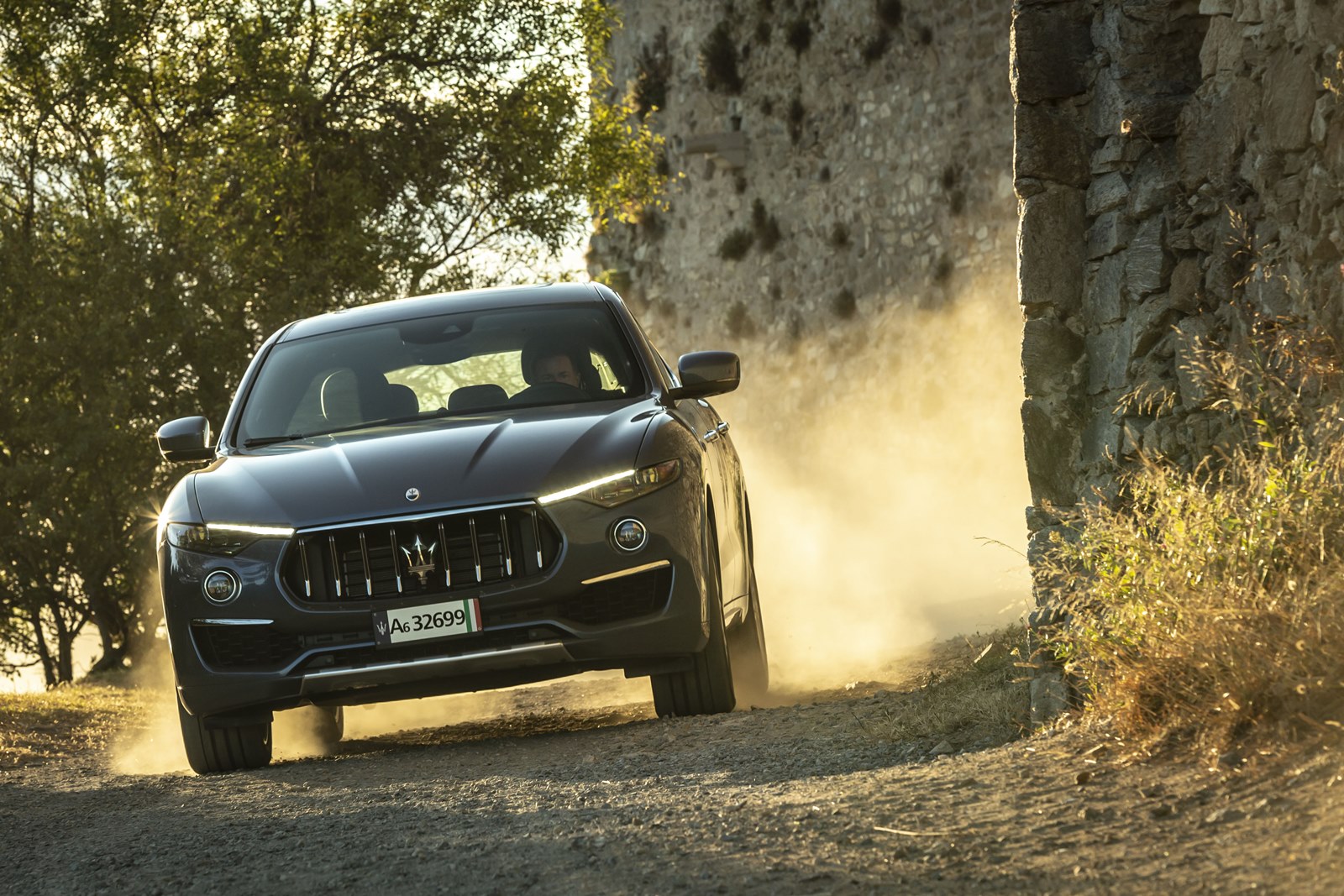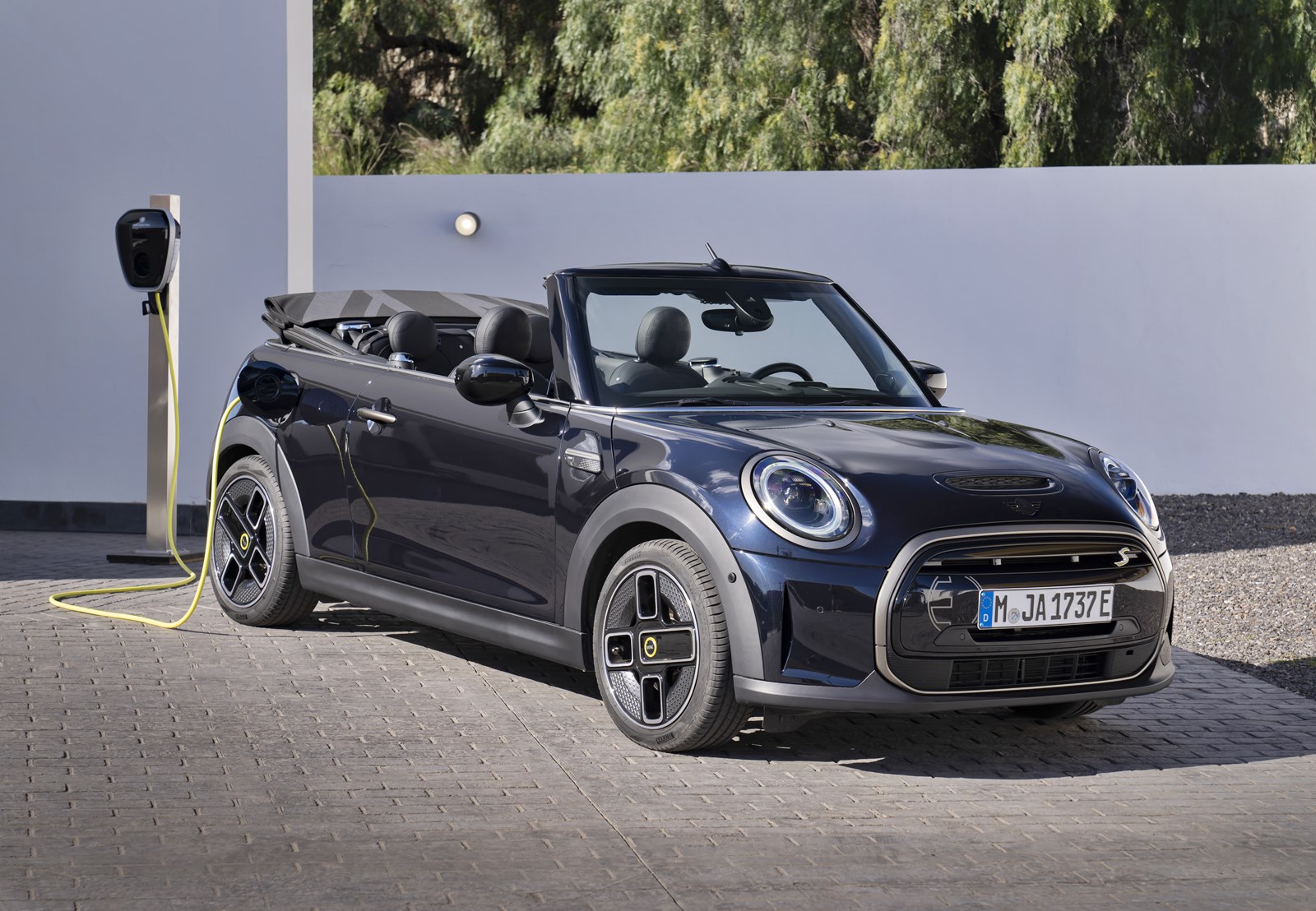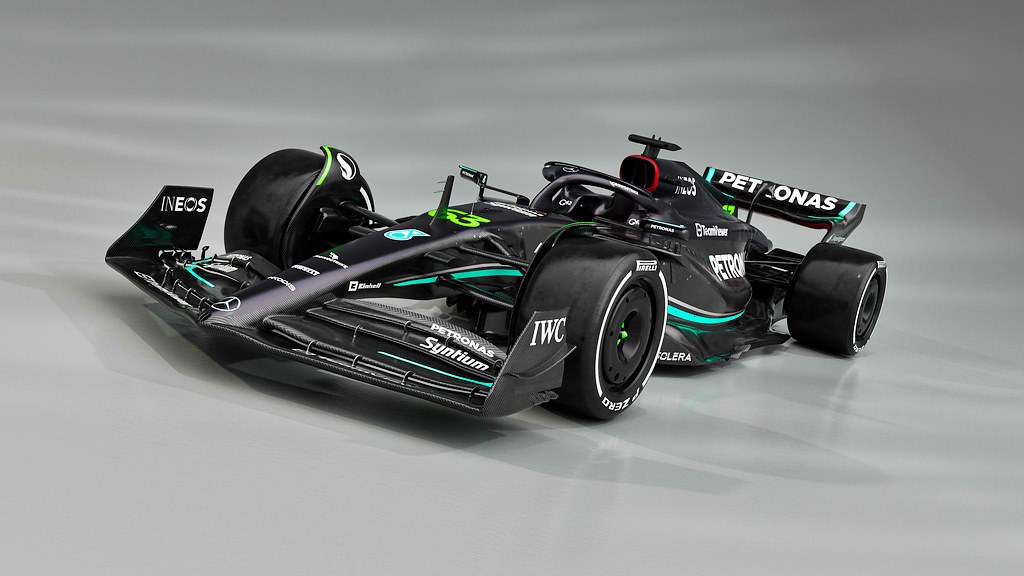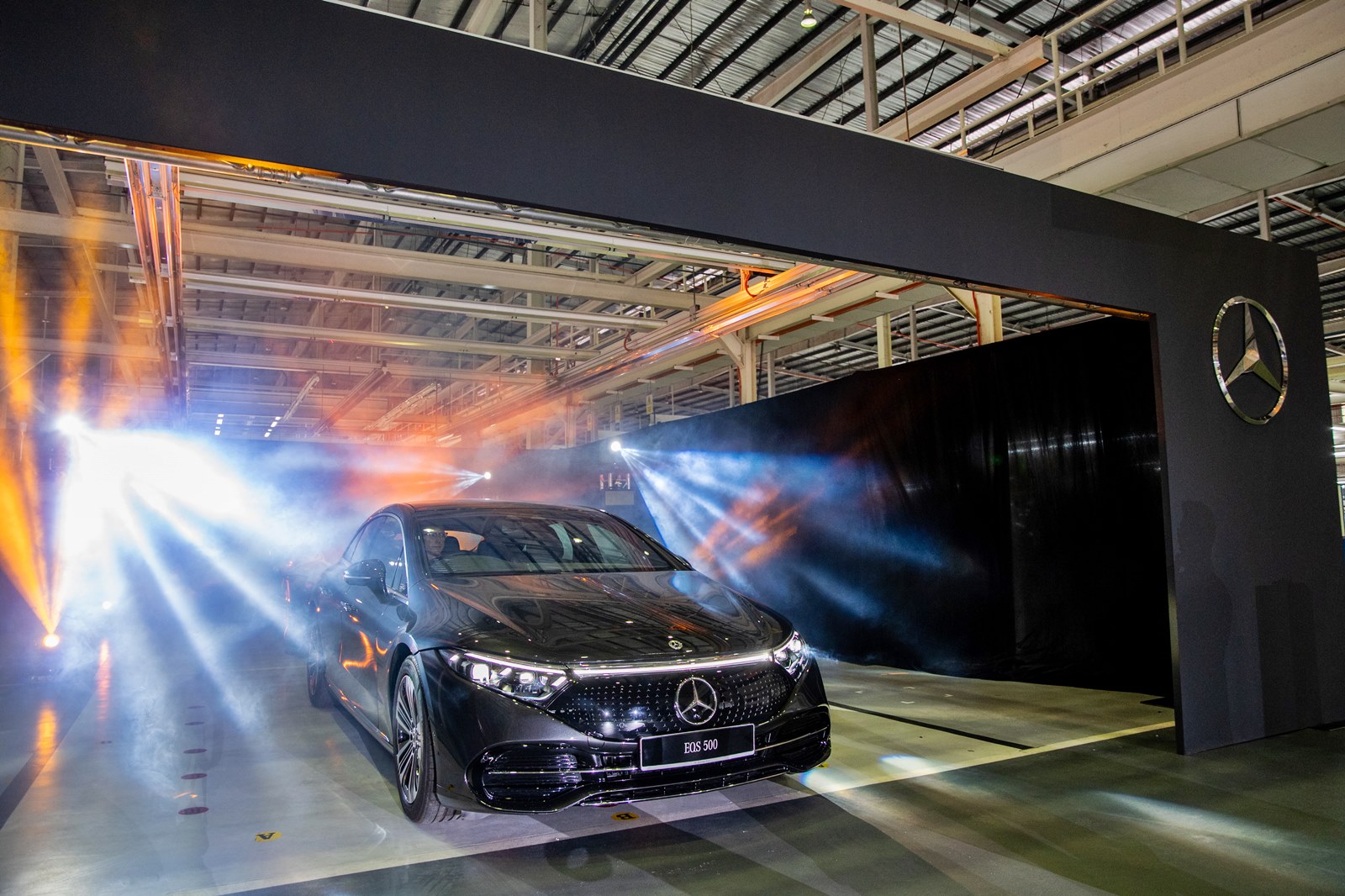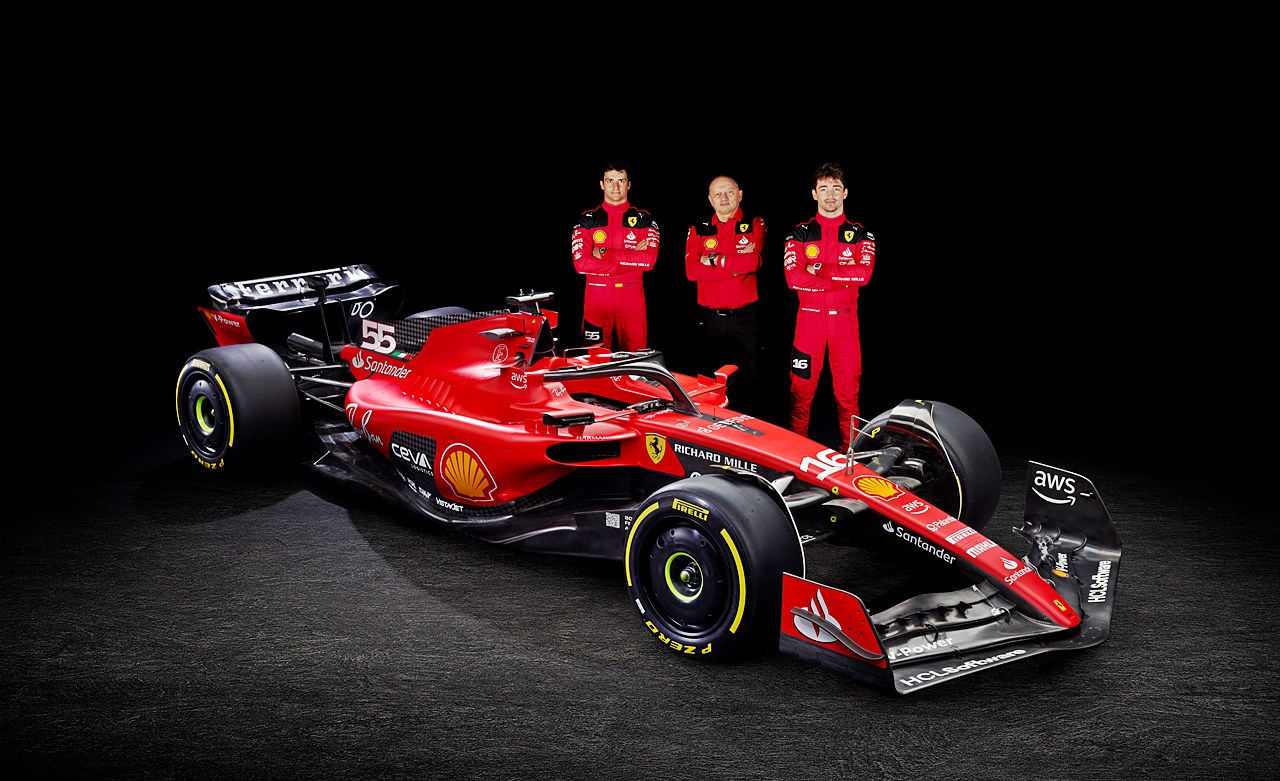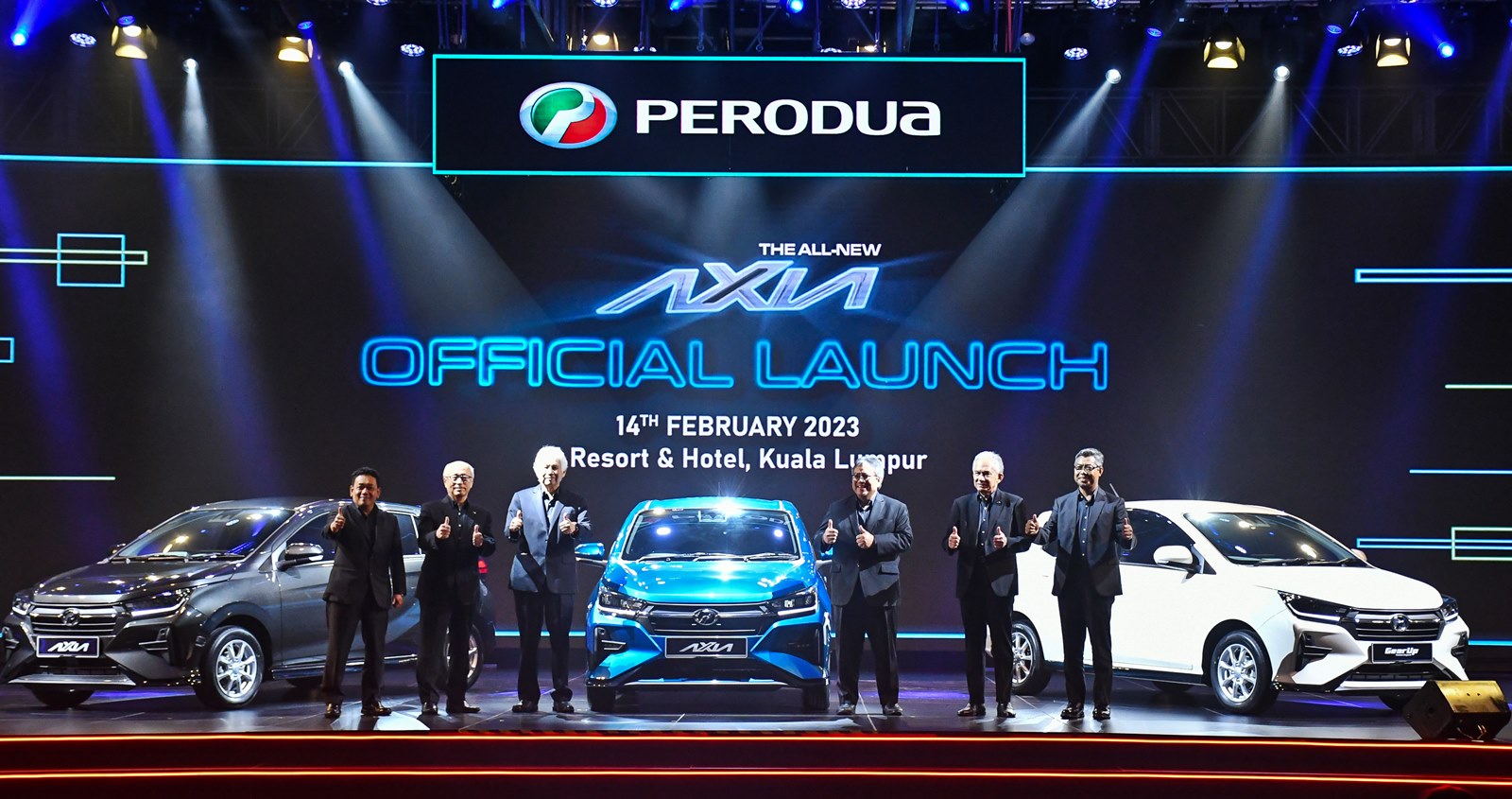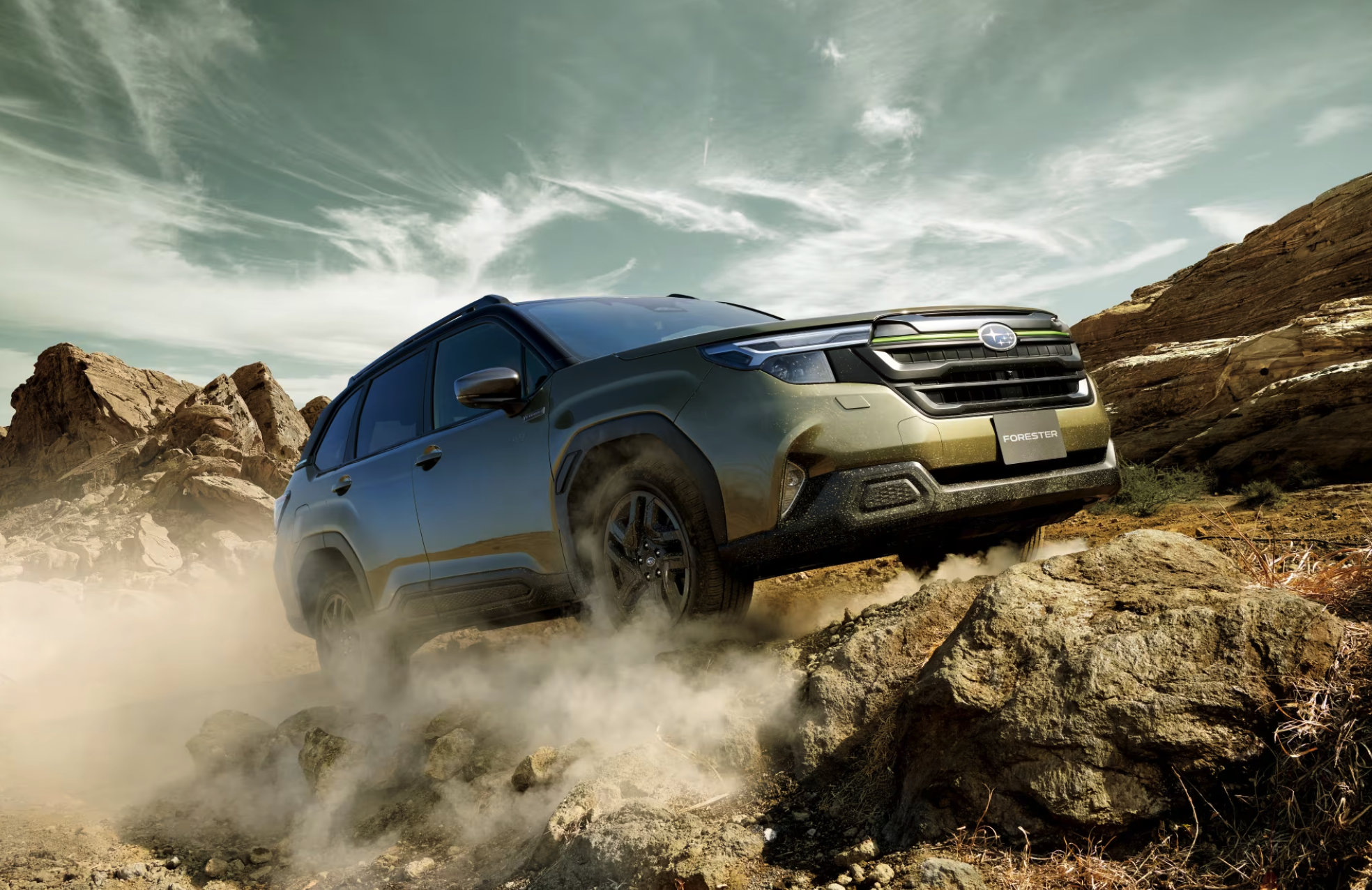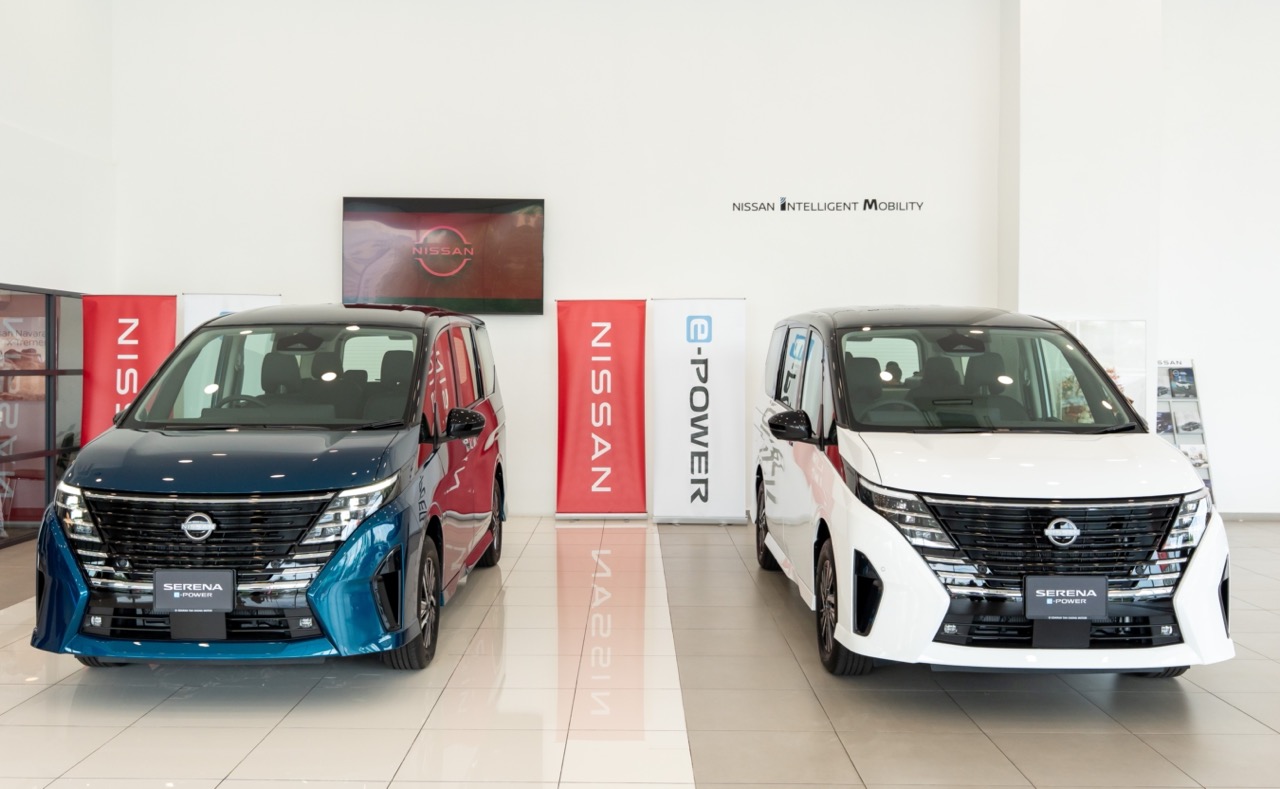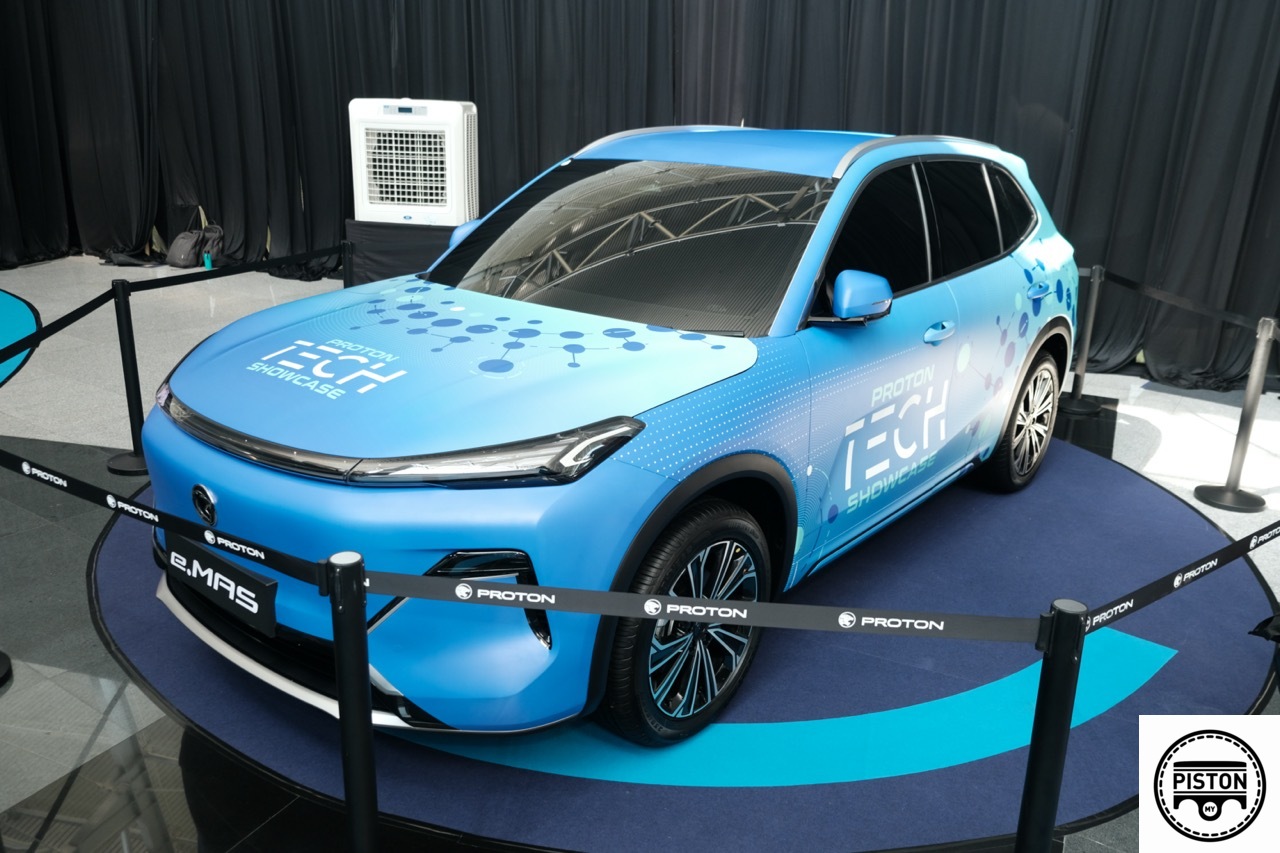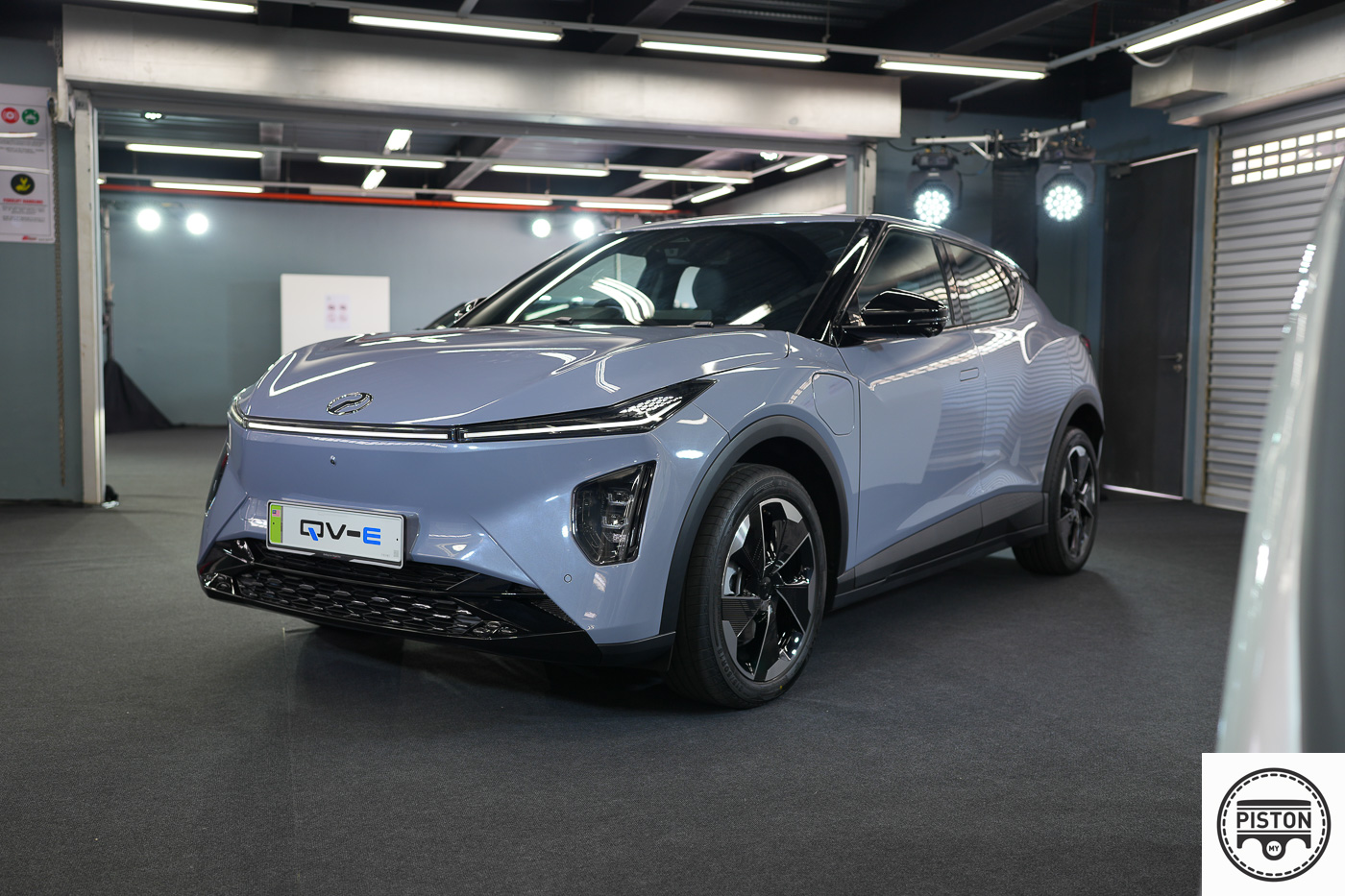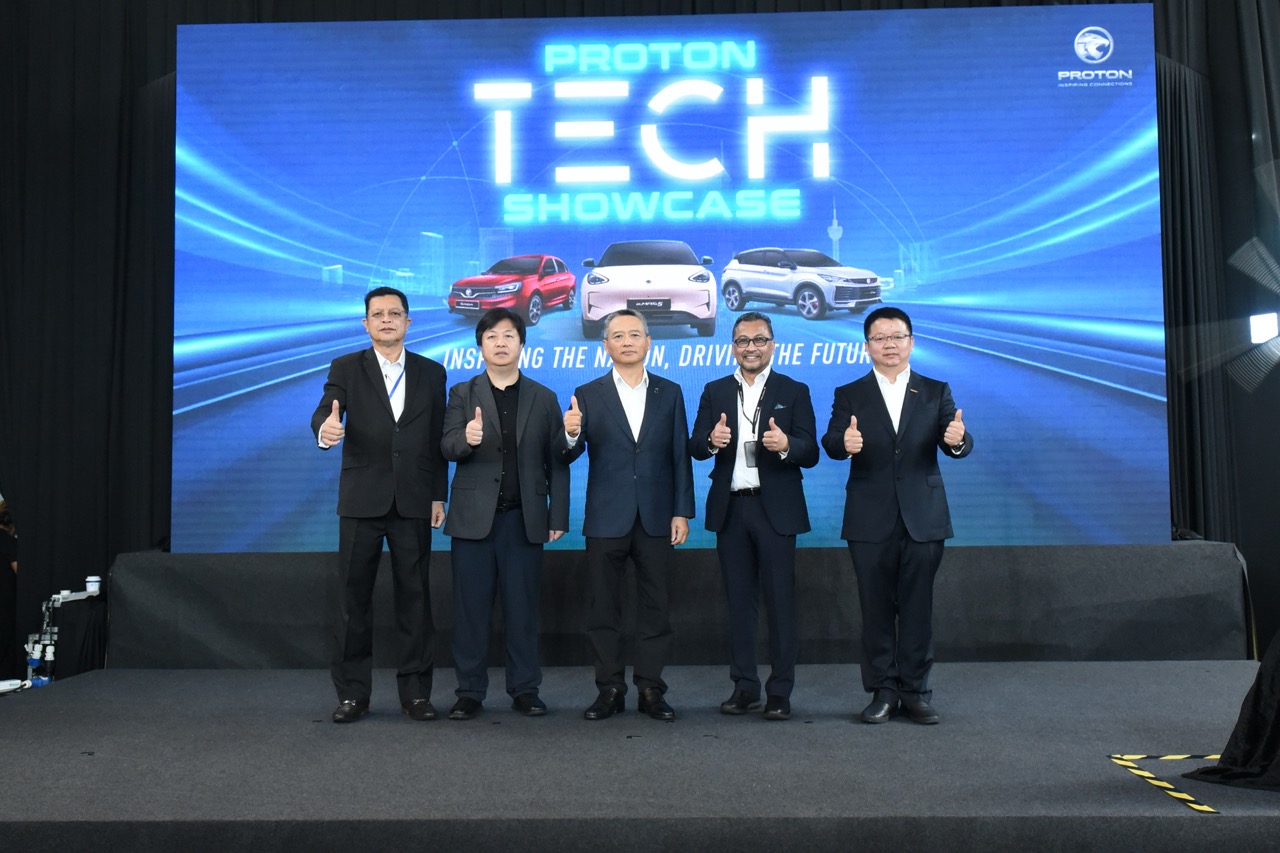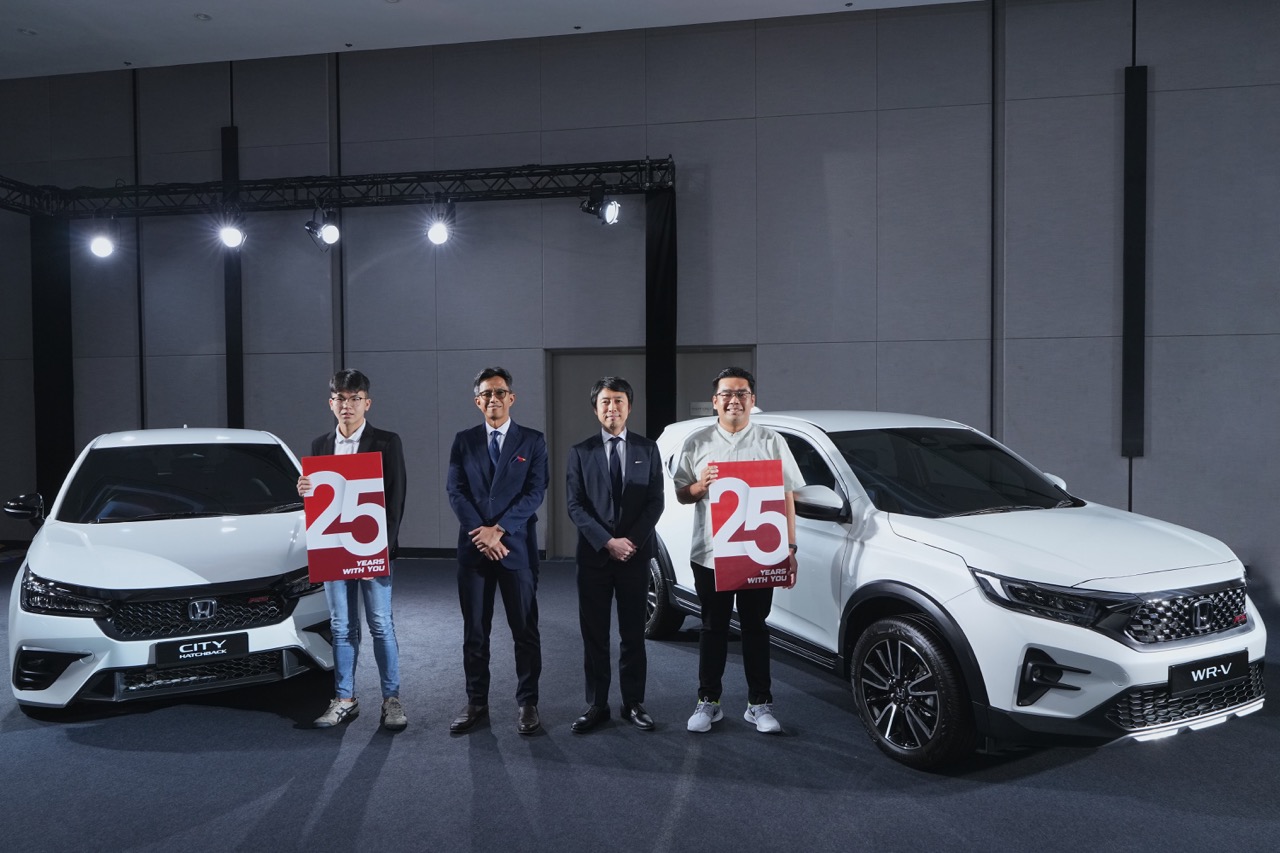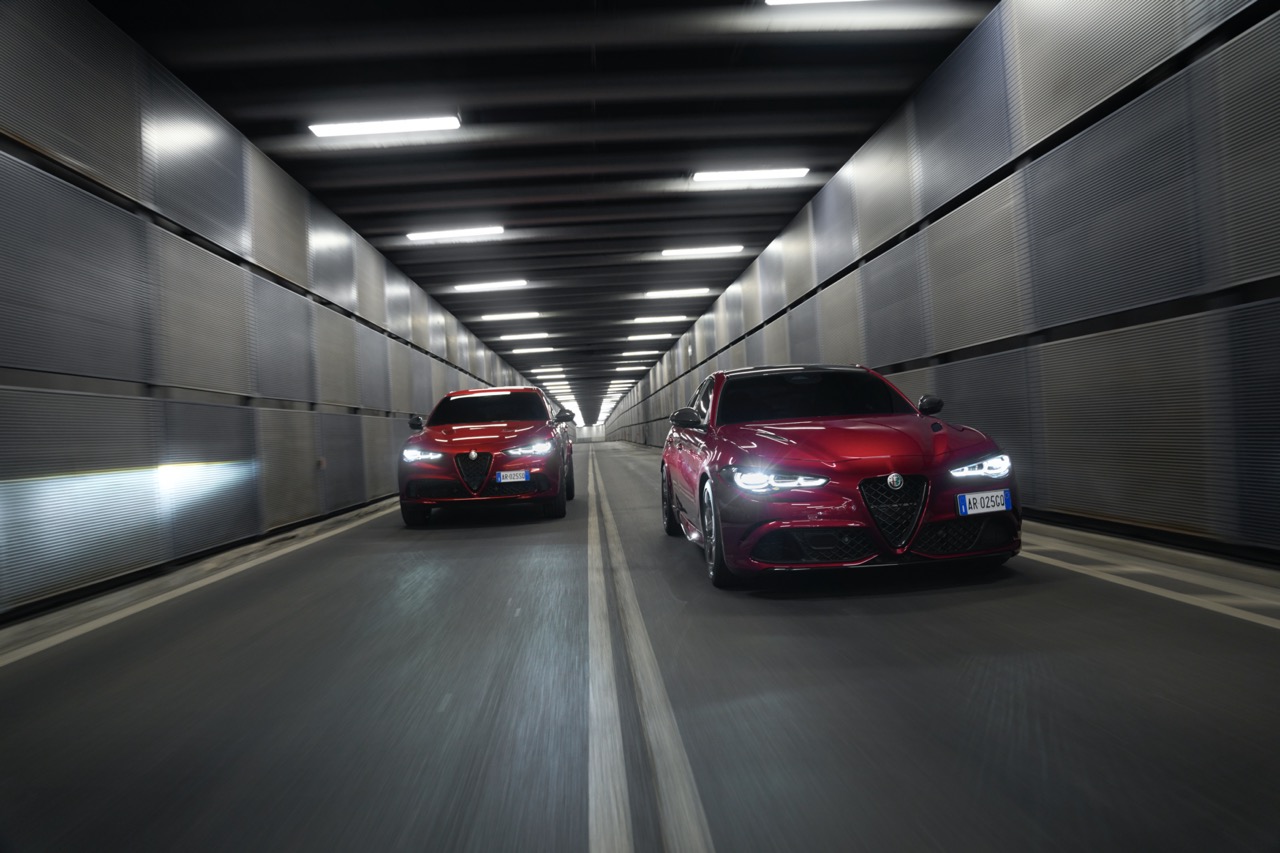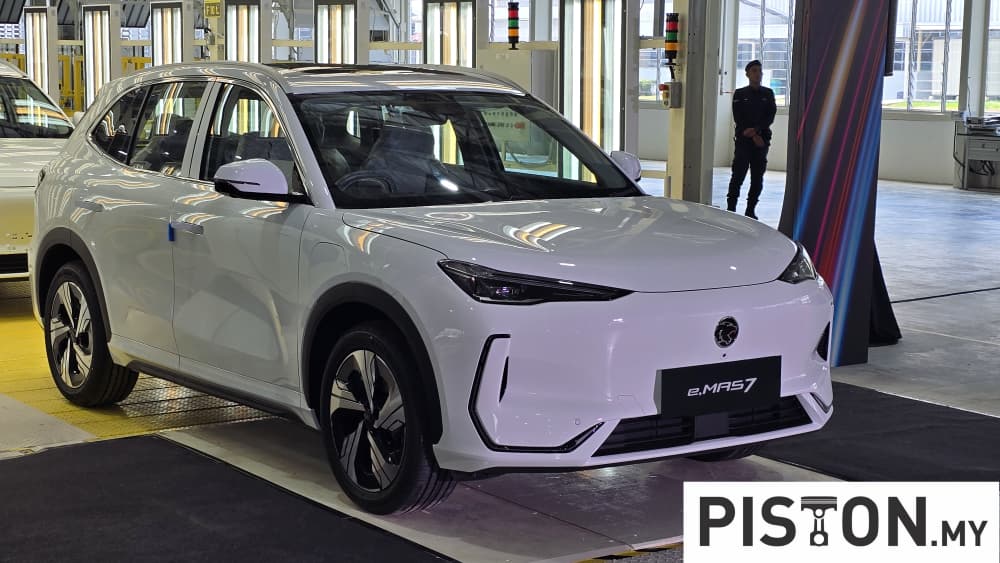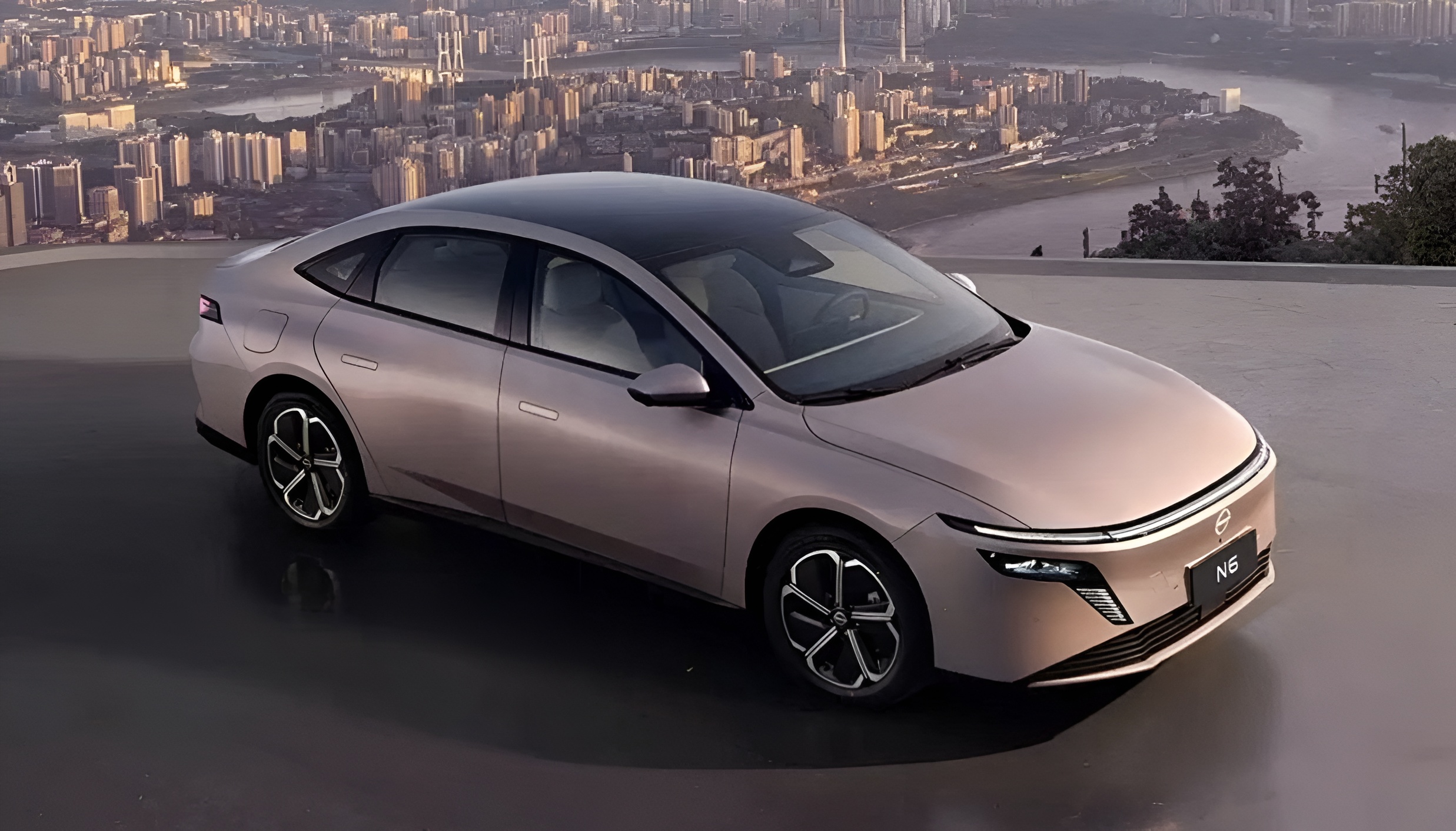In 2020, Maserati began its electrification journey with the Ghibli Hybrid, followed a year later by the Levante Hybrid. By the end of this decade, the Italian brand plans to have its entire range composed of fully electric models.
The brand’s electrification has also been taking place in Malaysia as Naza Italia began selling the Ghibli Hybrid at the end of 2021. Now it is also offering the latest Levante GT Hybrid for those who want the versatility of a SUV. Priced at RM738,000 (including duties, other taxes but without insurance premium), the model comes with a 3-year warranty with no mileage restriction.
(more…)
